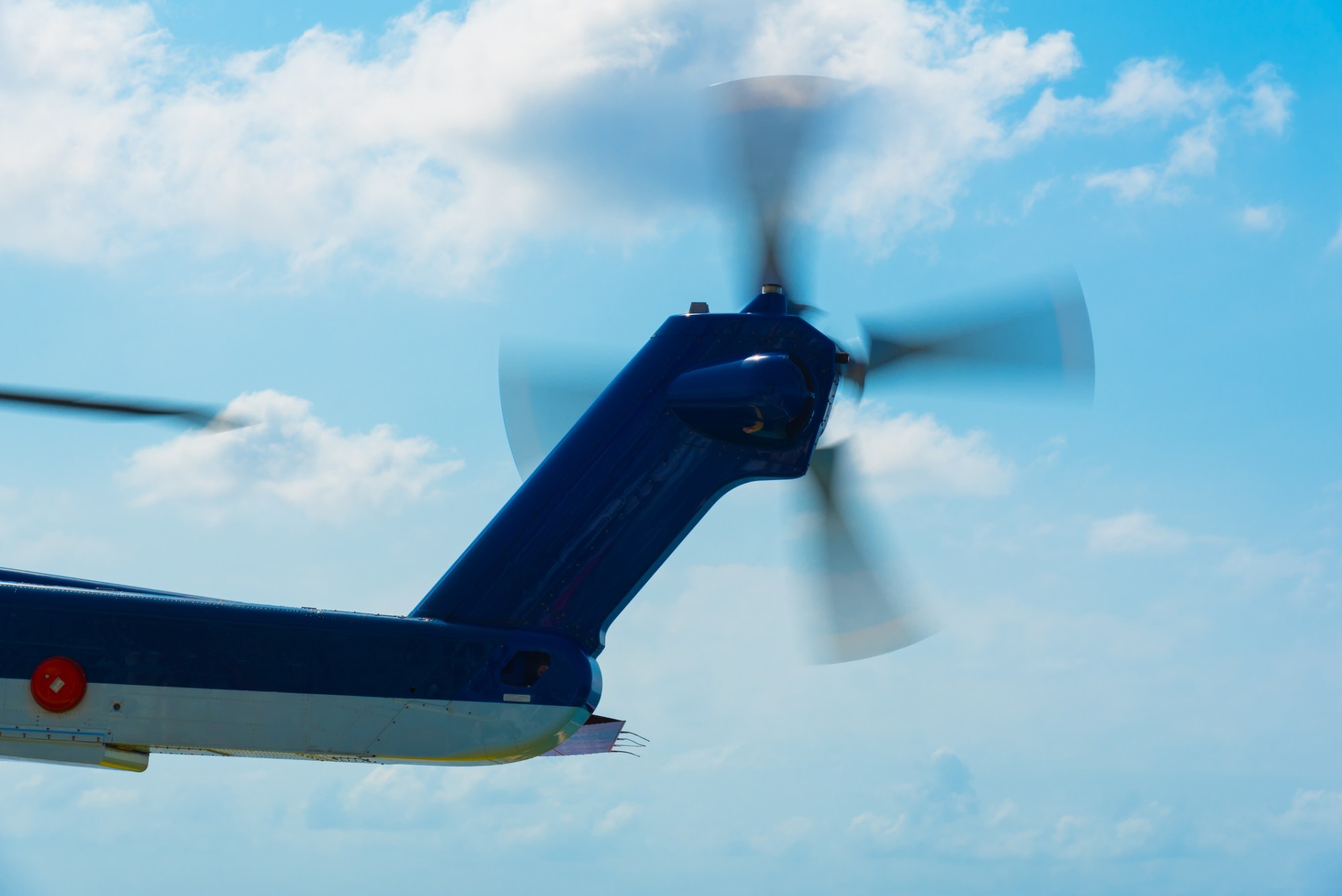WHY DO HELICOPTERS HAVE DIFFERENT TYPES OF YAW DIRECTIONAL CONTROL MECHANISMS IN THEIR TAIL?

Helicopters have different types of yaw control mechanisms in their tail to counteract the torque produced by the main rotor and to control the direction the helicopter is facing. The main yaw control mechanisms used in helicopters are:
Tail Rotor: This is a small rotor mounted on the tail boom of the helicopter, typically at a 90-degree angle to the main rotor. The tail rotor produces thrust in a sideways direction, which counteracts the torque produced by the main rotor. By varying the pitch of the tail rotor blades, the pilot can control the yaw (left or right) of the helicopter. However, tail rotors are mechanically complex, produce a significant amount of noise, and can be less efficient than other yaw control mechanisms.
Fenestron: Also known as a fan-in-fin or enclosed tail rotor, the fenestron is a shrouded rotor system where the tail rotor is mounted inside a ducted fan at the rear of the helicopter. The fenestron offers several advantages over a conventional tail rotor, including reduced noise, improved safety, and better ground clearance. The fenestron also provides yaw control by varying the pitch of its blades to produce thrust in the desired direction.
NOTAR (No Tail Rotor): NOTAR is a system developed by McDonnell Douglas (now part of Boeing) that eliminates the need for a tail rotor altogether. Instead, it uses a combination of a fan inside the tail boom and directed airflow from the main rotor to provide anti-torque and yaw control. NOTAR systems offer reduced noise, improved safety (no exposed tail rotor), and reduced maintenance compared to traditional tail rotor systems.
Coaxial Rotors: Some helicopters, like the Kamov Ka-50/52, use a coaxial rotor system where two main rotors are mounted one above the other on the same axis, rotating in opposite directions. The counter-rotating rotors cancel out the torque produced by each other, eliminating the need for a tail rotor for anti-torque control. Yaw control in coaxial rotor helicopters is achieved by differential collective pitch control of the upper and lower rotor systems.
Each yaw control mechanism has its own advantages and disadvantages, and the choice of mechanism depends on factors such as the helicopter’s design, intended use, performance requirements, and desired level of complexity.
